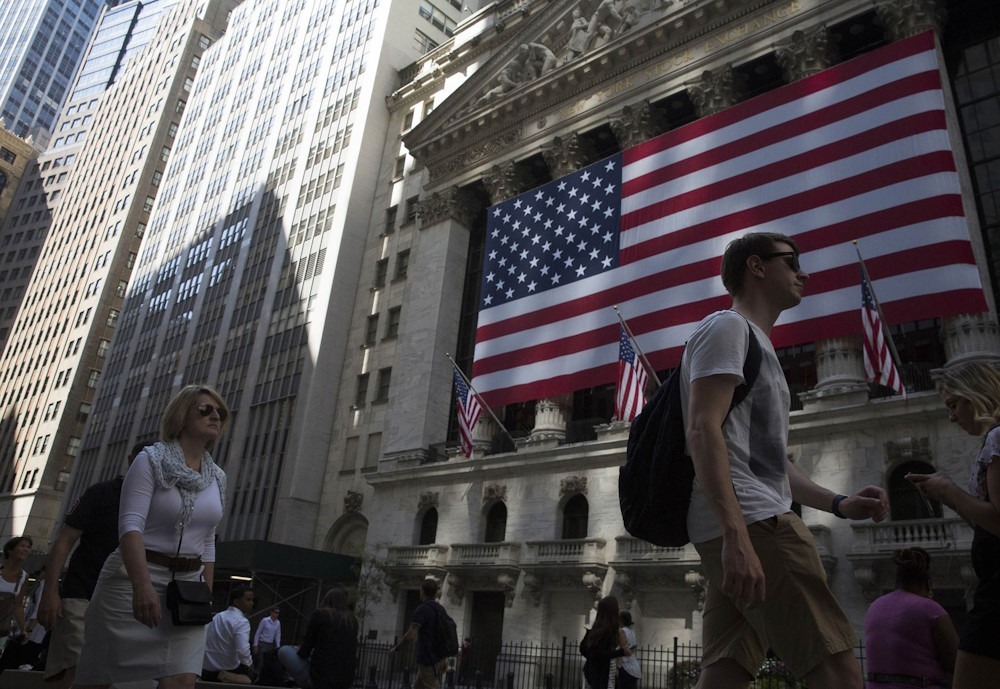United States is destined for a smooth landing

Has Goldilocks returned already? It appears that the bears are nowhere to be found.
In early 2024, the comfortable agreement that emerged last year, which suggested a perfect balance between decreasing inflation and strong economic growth, was disrupted by persistently high inflation figures. Investors were relieved on Wednesday when April’s consumer-price index came in slightly below expectations.
Another important factor to consider is the disappointing April retail sales figures, which further highlight the burden consumers are facing due to various factors. On Wednesday, the Dow Jones Industrial Average, S&P 500, and Nasdaq Composite reached new record levels.
Let’s start with the most important matters: The trend of disinflation, although it may be perceived as frustratingly slow by some, continues to be undeniably intact. The core CPI excluding food and energy has shown consistent stability or slight decreases on a year-over-year basis for the past 14 months. In April, core CPI increased by 3.6%, marking its slowest year-on-year growth since April 2021.
“The CPI report reflects a pattern of gradual progress towards the Fed’s inflation target,” stated Bill Adams, Comerica’s Chief Economist, in a report.
In addition, there is a growing accumulation of indicators pointing towards a slowdown in the economy. In April, there was a significant slowdown in jobs growth, especially in the leisure and hospitality sector. Only 5,000 jobs were added in this sector, compared to the previous month’s 53,000, as reported by the Bureau of Labor Statistics.
According to the Commerce Department, retail sales in April remained unchanged from March, which goes against the anticipated 0.4% increase. The year-on-year growth in retail sales slowed down to 2.7% in comparison to the 3.5% growth observed in March. According to a widely-used measure, retail sales excluding food services, autos, gasoline stations, and building materials increased by 3.5% in April compared to a 4.8% rise in March.
This aligns with reports from companies like Starbucks, McDonald’s, Home Depot, and others indicating a recent decline in consumer spending. The combined effect of increased prices, higher interest rates, and mounting debt levels seems to be having a negative impact.
But without causing excessive damage. Indeed, a 3.5% year-over-year increase in control retail sales is far from indicating a recession. Over the past three months, the economy has been consistently adding an average of 242,000 jobs per month.
It’s important to keep an eye on the slowing trend. If it continues in conjunction with a gradual decrease in inflation, it may be the factor that ultimately compels the Fed to reduce interest rates.
On Wednesday afternoon, the futures markets indicated a higher probability of one or more cuts by the Fed’s September meeting. According to the CME FedWatch Tool, the chances increased from the previous day. However, the July meeting is still a fascinating contender with a 34.9% chance of a cut. The conclusion falls on the final day of that month. There will be enough time for two additional complete sets of monthly data on inflation, jobs, retail sales, and other relevant information before the July meeting.
There is a possibility of an unexpected development during the summer.

